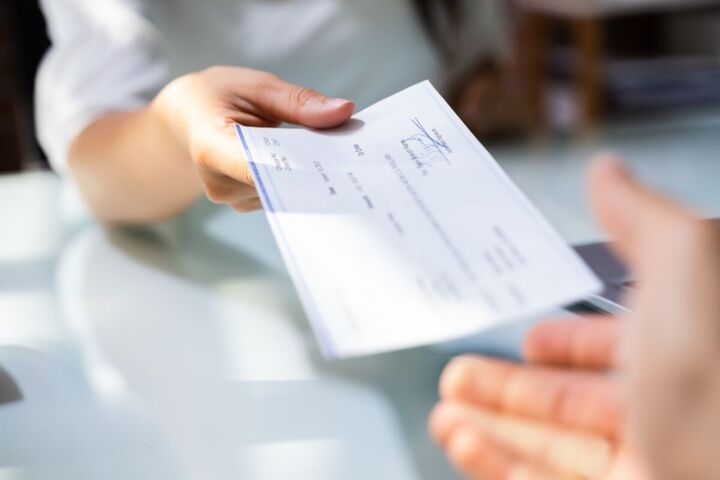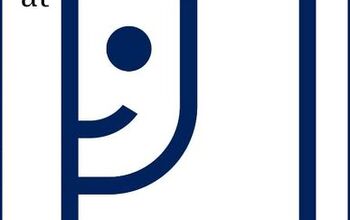How to Get a Month Ahead on Bills in a Few Simple Steps

I will explain how to get a month ahead on bills and what a month-ahead fund is. I want to show you how it can help remove the stress and headache from your monthly budgeting. I will also give you several tips on how to build your month-ahead fund fast.
The month ahead fund is a fund that you budget monthly and balance out those due dates. It also allows you to do Internet shopping and grocery pickup orders on a cash budget.
Traditional budget paycheck to paycheck
The first thing I'm going to do is I'm going to show you a traditional paycheck-to-paycheck budget, with all of the month's expenses being paid out of the individual paychecks as they arrive. I'm using plastic cups and yarn balls to illustrate the process.
For my example, we have a $4,000 take-home pay. In our $4,000 budget, you take home $2,000 each pay period. So pretend you get paid on the first and the 15th. The bills with a due date are your fixed expenses. Groceries and restaurants are variable expenses.
There are also household expenses, fund money, and sinking funds that are not paycheck dependent. If we just paid our bills as they came along in the month, our rent or mortgage payment would be due on the first, and it's $1100.
In this example, our daycare expense is $600. Our water is $50. Our power is $150. Our Internet is $50. We have $50 left to buy food for this pay period. This is a typical scenario when looking at paycheck-to-paycheck budgeting.
Our next paycheck comes in, along with our next group of expenses. Again, these are the fixed expenses you must pay and your variable expenses.
So on the 15th, your cell phone bill is $100, your car payment is $300 a month, student loans are $250 a month, cable is $100 a month, a credit card payment is $150 a month, and insurance is $200 a month.
Groceries are $200 for the pay period, and your restaurant money is $50 for the pay period. Now you have enough left to do your sinking funds.
Your sinking funds for the pay period for the month are $200. Your fun money is $100, and household expenses are $100. So we are left with the money we desperately needed at the beginning of the month's paycheck to go into our food budget.
Month ahead fund budget
We will take the same budget, but we will introduce the month-ahead fund this time. This particular month-ahead fund example is just for your fixed expenses.
So the same $2,000 per pay period, just our first paycheck, we have money from our month ahead fund. Now, this time we're going to pay ourselves. First, we will do our grocery budget, $200, and our restaurant fund, $50.
Then we will also pay $50 in fun money, $50 for household expenses, and $100 for sinking funds. For the rest of this paycheck, we will put in the month-ahead fund and then pay our bills. We have the same $1,100 a month rent payment.
We have a $600 daycare bill on the fifth of the month. Now, also due on the fifth is our water bill. It is $50. And then due on the 10th of the month is our Internet, which is $50. Our power is due on the 10th of the month, which is $150. Every bill got the money needed for this part of the pay period.
Now let's look at the end-of-the-month paycheck. This time, with a month-ahead fund, we'll pay ourselves first. So $200 for groceries, $50 for a restaurant. We will finish our sinking funds for the month of $50 for household, $50 more for household, $50 more for fun money, and $100 more for our sinking funds.
Put the rest in the month-ahead fund and then pay our bills. Our cell phone bill is $100, due on the 15th; our car payment, which is $300, due on the 18th, a student loan of $250, due on the 18th; our cable bill of $100, due on the 19th, our credit card, which is $150 due on the 20th, and our insurance, which is $200 due on the 27th.
Everything got paid, and there are no worries that everything will get paid because you have your month-ahead fund.
How to start a month ahead fund
If you're on a tight budget, how do you start a month ahead fund? You need to have a separate emergency fund. So if you're
in the Dave Ramsey baby steps, that would be a $1,000 emergency fund. I would do this step between your emergency fund and debt payoff.
So how do you create one? If you're paid biweekly, you can use your extra paychecks in the year to create your month-ahead fund. You would treat them like your other paychecks and put your month-ahead fund here.
Using your extra paychecks is a great way to start your month-ahead fund. Also, it's tax season, so using your tax refund to start your month-ahead fund is great. Well, what if you don't have extra paychecks and you don't have a tax refund?
I suggest selling things around your house, the furniture you're not using, jewelry you're not wearing, and clothes you're not wearing. There are plenty of online sites to sell everything you don't want, not to mention the Facebook groups in your area.
You could just cut out your extras as well for a month, like your restaurant fund, and tighten your grocery budget. Building it that way takes a few months, but being sure you'll never have another late bill is worth the sacrifice.
The other thing I would say is to start a side hustle. Start that side hustle, put everything in your month-ahead fund, and throw everything at your debt snowball.
How to get a month ahead on bills
I hope you can see what learning how to get a month ahead on bills with a month ahead fund can do for you and your budget.
Please comment below if you have any experience with a month-ahead fund or any ideas I did not mention on building your month-ahead fund faster.





















Comments
Join the conversation
What àre your sinking funds?
$4000? In my dreams! If I made that much a month I could work on paying extra bt my pay checks ate less than half that with 2 jobs